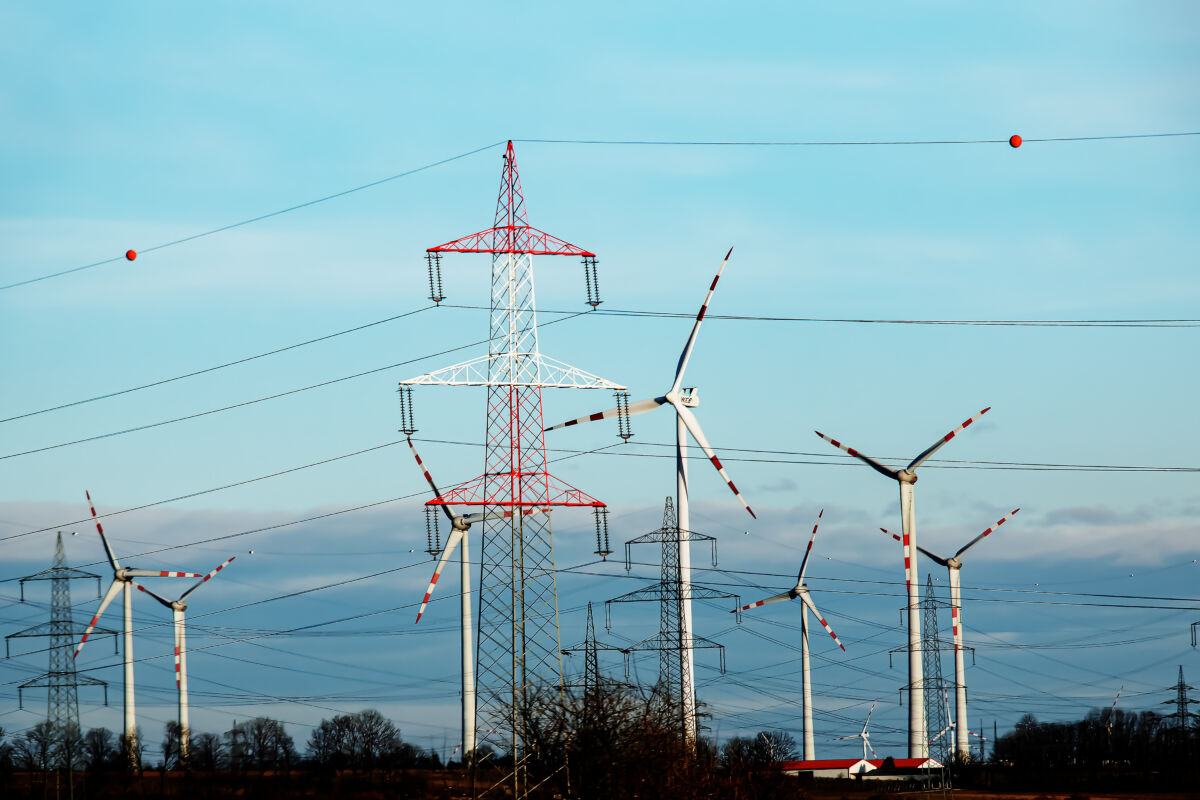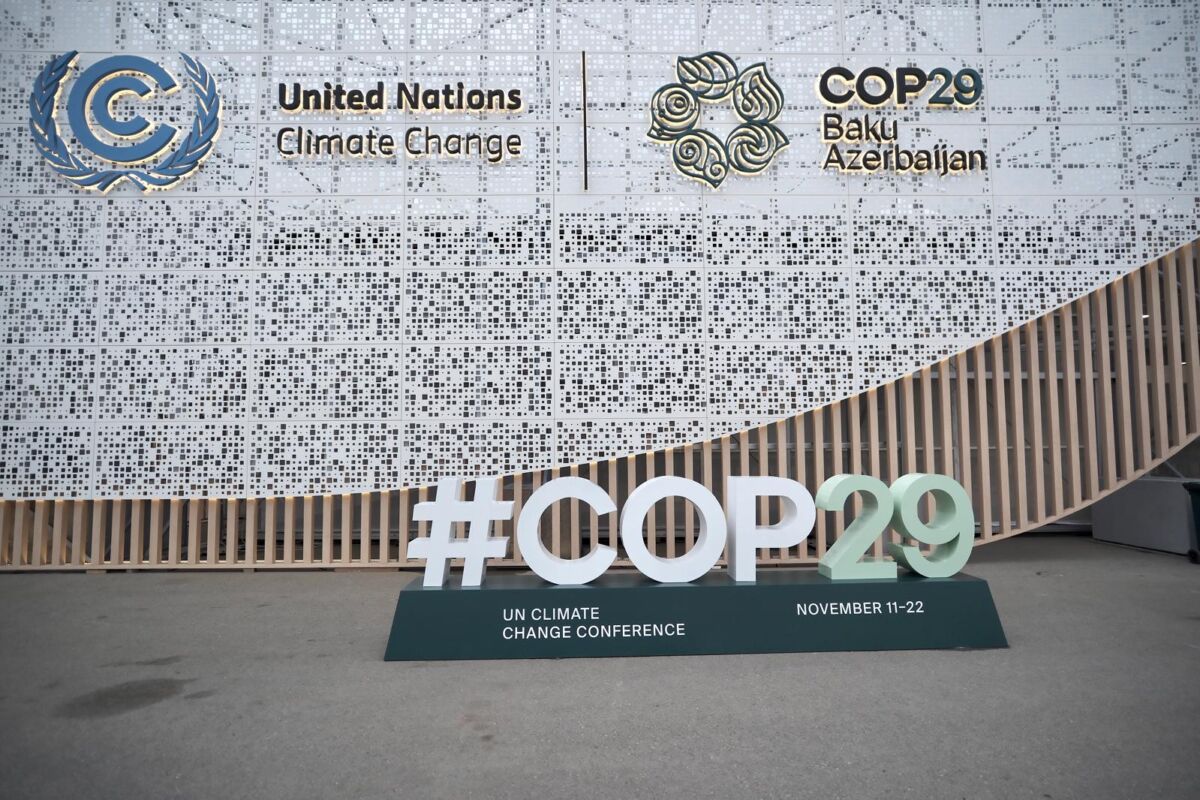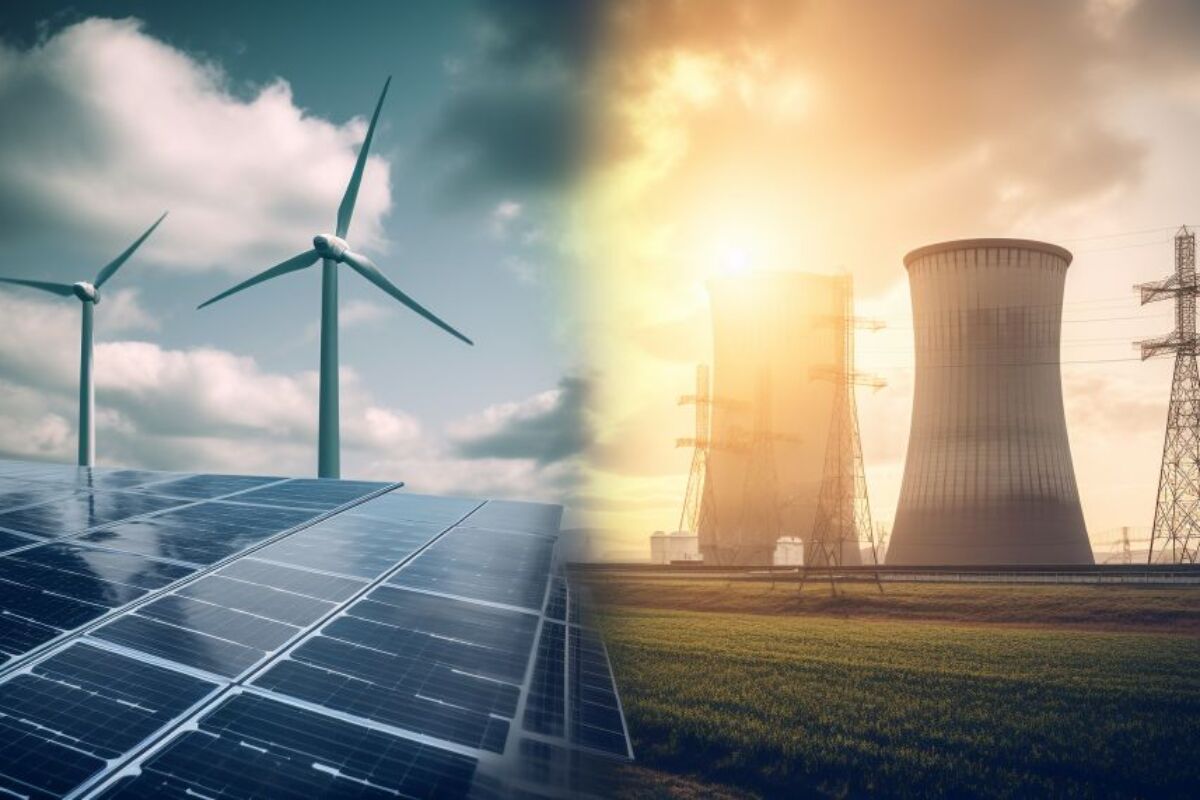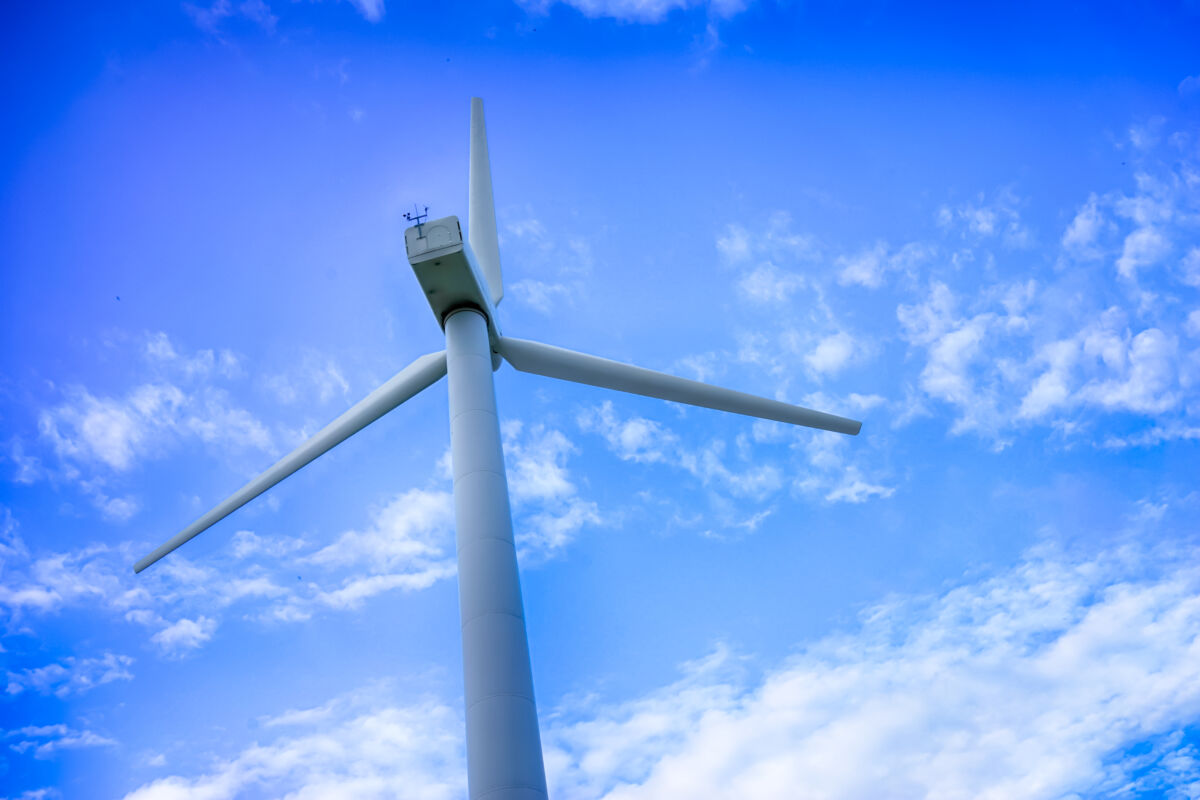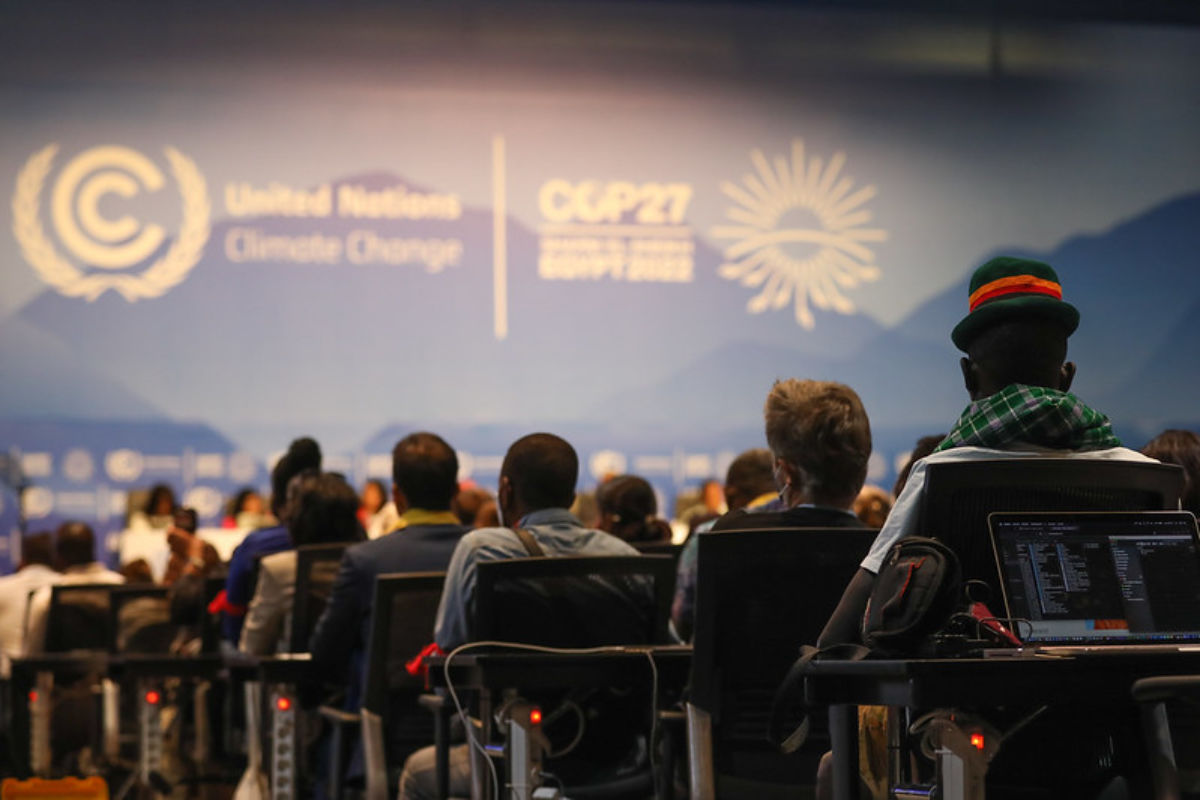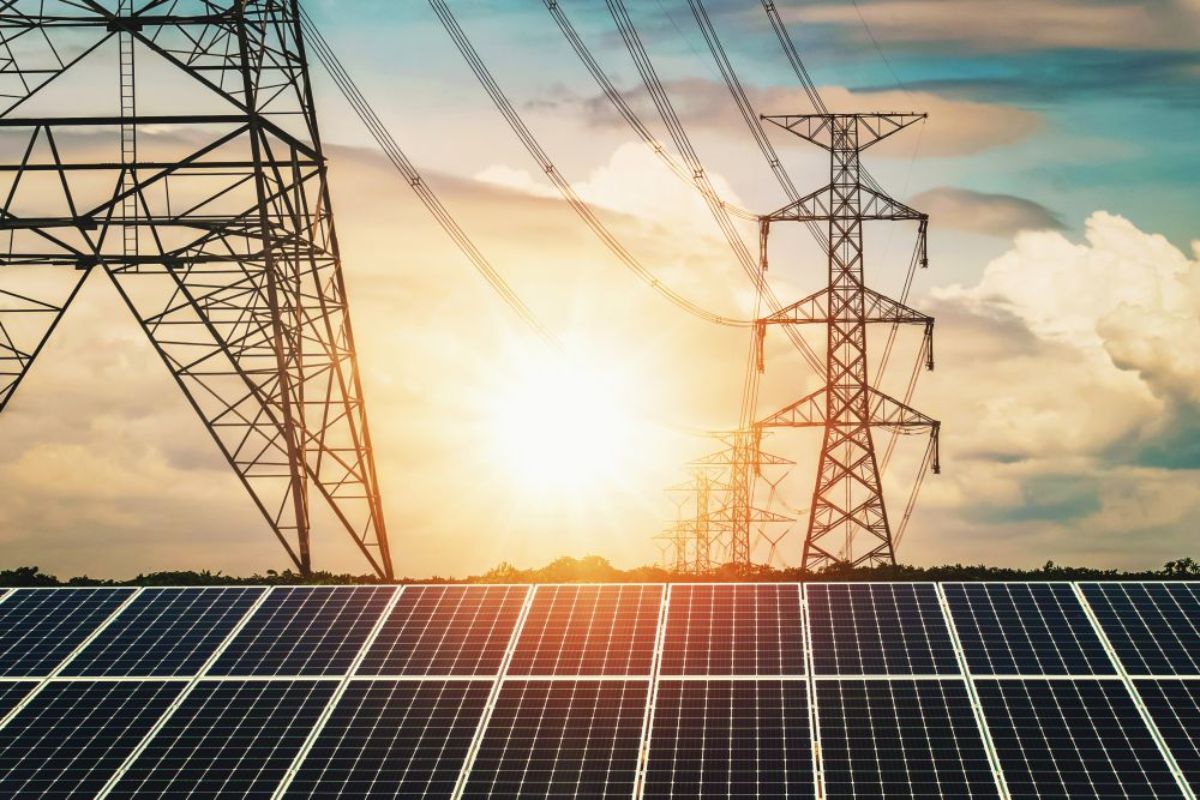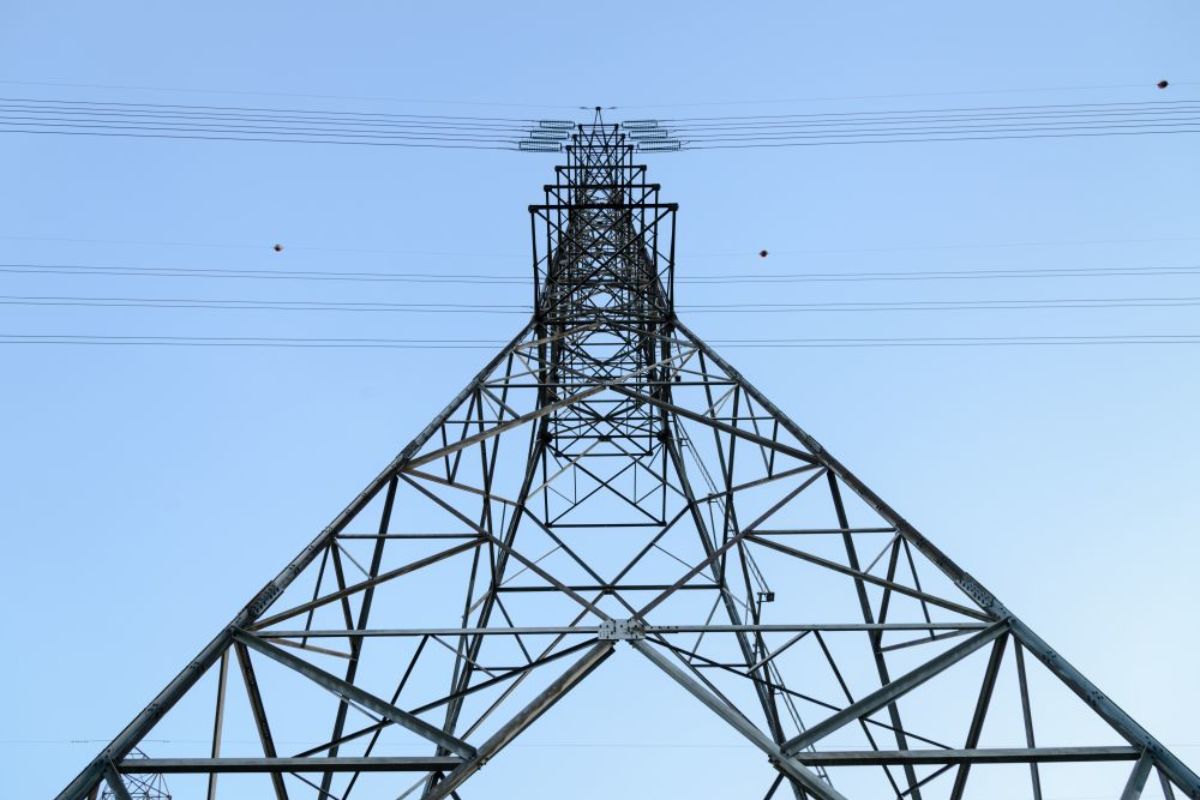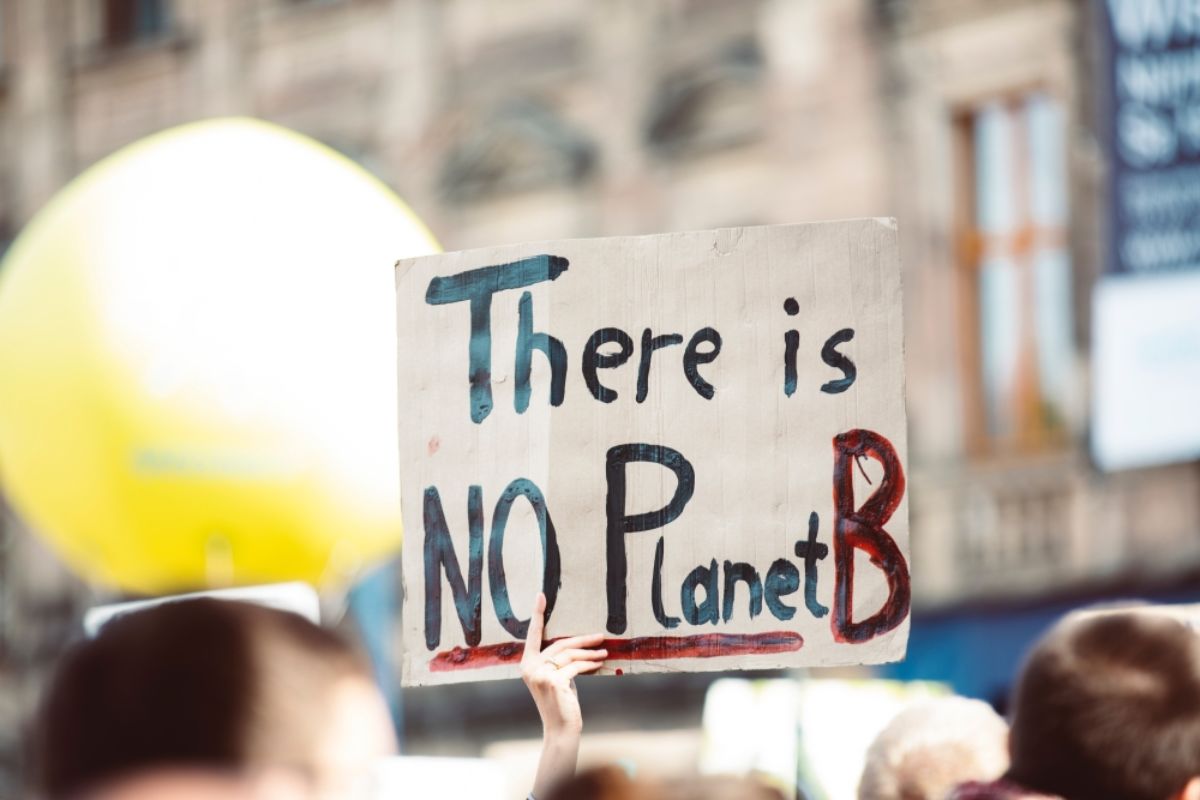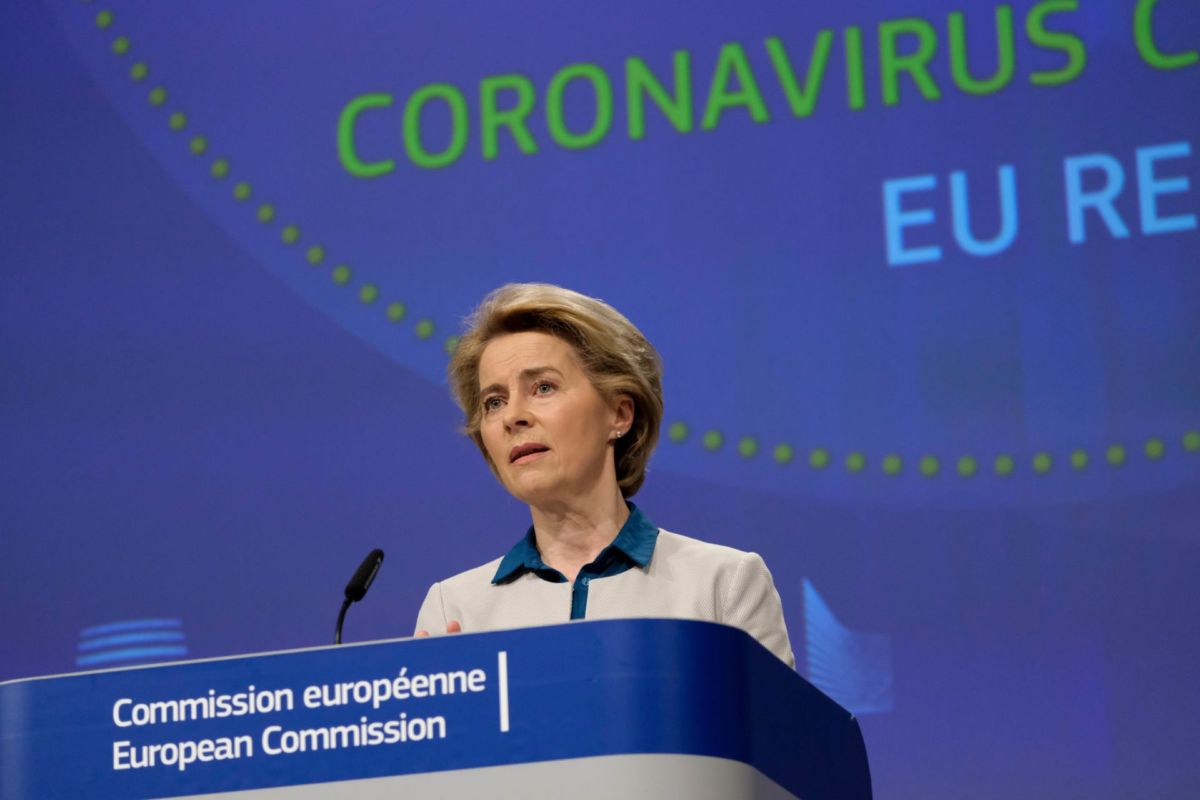The Modernisation of the Energy Charter Treaty (ECT), a multilateral investment treaty on energy, is an ongoing process to better align the ECT with the Paris Agreement and update certain investment provisions that have proven controversial in the past.
The new amendments were agreed on the 24 June 2022, after over two years of negotiations. Next, the Contracting Parties will need to endorse the changes at the Energy Charter Conference in November 2022. However, there is now a growing call for the EU to exit the ECT. From a strategic viewpoint, this would be a mistake.
The European Commission, which led the negotiations on behalf of the EU and its Member States (except Italy which left the Treaty in 2016), positively evaluated the outcome of the negotiations.
However, heated discussions are ongoing about whether the sealed amendments are enough to meet EU climate objectives, and, if not, whether the Member States should jointly leave the ECT. Just a few days before this agreement in principle was reached, Spain called for the EU to exit the ECT, and the European Parliament voted in favour of considering a coordinated exit from the ECT.
There is still time for Member States and the European Parliament to carefully assess all options before November as a (collective) withdrawal would make little sense from a strategic point of view. Even though the EU may not have managed to achieve all its goals (at least those that were made public during the negotiations), the Commission succeeded in re-negotiating several outstanding issues.
What do the agreed provisions mean?
Due to its governing structures, the Treaty is very intricate, if not impossible, to amend as a ‘one-size-fits-all’ deal for all its members.
In 2016, I argued that any incremental change in the Energy Charter process would be feasible only at ‘different speeds’ by possibly transforming the ECT into a ‘treaty à la carte’. This seems to have become a reality with the ‘flexibility mechanism’ and the clarifications on the provisions regarding Regional Economic Integration Organisations (REIOs) in the amendments.
First, the new ‘flexibility mechanism’ allows Contracting Parties to finetune their own lists of energy materials and products that would be protected under the ECT. The EU and the UK have already decided to exclude fossil fuels. Protection for existing investments will expire after 10 years and new investments made after of August 15 2023 will not be protected.
Is that enough, however, to make the ECT fully compatible with the goals of the Paris Agreement and the European Green Deal? The European Commission seems to think that it is. Environmental activists passionately disagree. It is certainly a question that inspires lengthy debate.
The devil, as always, is in the detail. But what cannot be denied is that the European Green Deal provides several ambitious instruments to phase out fossil fuels and undertake a comprehensive decarbonisation of all sectors of the EU’s economy.
Second, the clarification of the REIO provisions has been one of the EU negotiators’ most significant successes. The ECT will no longer apply to intra-EU arbitration cases, which have been a huge headache for the EU thus far. Investor-State Dispute Settlement (ISDS), the dispute settlement mechanism that has been subject to increasing criticism by the Commission in the recent years, will not be applied to intra-EU cases.
The negotiated amendments will break the Gordian knot of longstanding legal intricacies – or, at least, it will significantly simplify them. At the same time, the negotiators ensured that the ECT can still be used by EU investors to protect their investments in non-EU Contracting Parties.
Yes, ISDS will still apply (with some minor changes) to disputes between the EU Contracting Parties and non-EU Contracting Parties, and among non-EU Contracting Parties. This might not be an ideal outcome for the EU. Still, anything more substantial would have been very difficult to achieve, as views about investment arbitration vary immensely.
Is a (collective) withdrawal still worth it?
In the agreement in principle, the EU succeeded in re-negotiating many requisite outstanding issues, including those discussed above. Will leaving the Treaty put the EU at a disadvantage?
The EU or any Member State will remain bound by the ECT’s famous ‘sunset clause’ – that prior investments will remain protected for 20 years after any withdrawal. An agreement not to apply the ‘sunset clause’ among the Member States in the event of a coordinated withdrawal has been discussed but there are still serious concerns about its legal and political feasibility. Leaving the ECT will also remove EU investors’ protection for new investments in renewables in non-EU Contracting Parties.
Yes, the adjustments regarding climate goals in investment protection may not be as ambitious as some hoped. However, it might be premature to expect all ECT members to align with a ‘one-size-fits-all approach’.
Equally, leaving the ECT unilaterally will not help convince other Contracting Parties to remove investment protection for fossil fuels. The EU has a wide range of instruments in its climate diplomacy arsenal that could help shunt its partners’ policies towards more sustainable investment patterns.
By leaving the Treaty, EU investors would lose protection for new investment in countries such as Turkey, Central Asia, and the South Caucasus. For the rest of this decade, investment in alternatives to Russian fossil fuels will remain vital, as does reliable and uninterrupted transit via the southern gas corridor, which is also covered by the Treaty’s transit provisions.
Finally, if the EU leaves all at once, the political vacuum may be filled by other ambitious states that probably won’t waste the opportunity to take the lead. For example, the South Caucasus and Central Asia could be of crucial interest for Turkey or even China.
Even though it’s not a Contracting Party, China did express an interest in the ECT some years ago. After all, the ECT remains a unique multilateral platform that provides legally binding provisions over a wide range of energy issues.
Negotiating such a treaty was only possible under the political clout of the post-Cold War ‘window of opportunity’. Such a chance is unlikely to occur again soon, and it would be a real strategic error for the EU to simply throw in the towel now.






